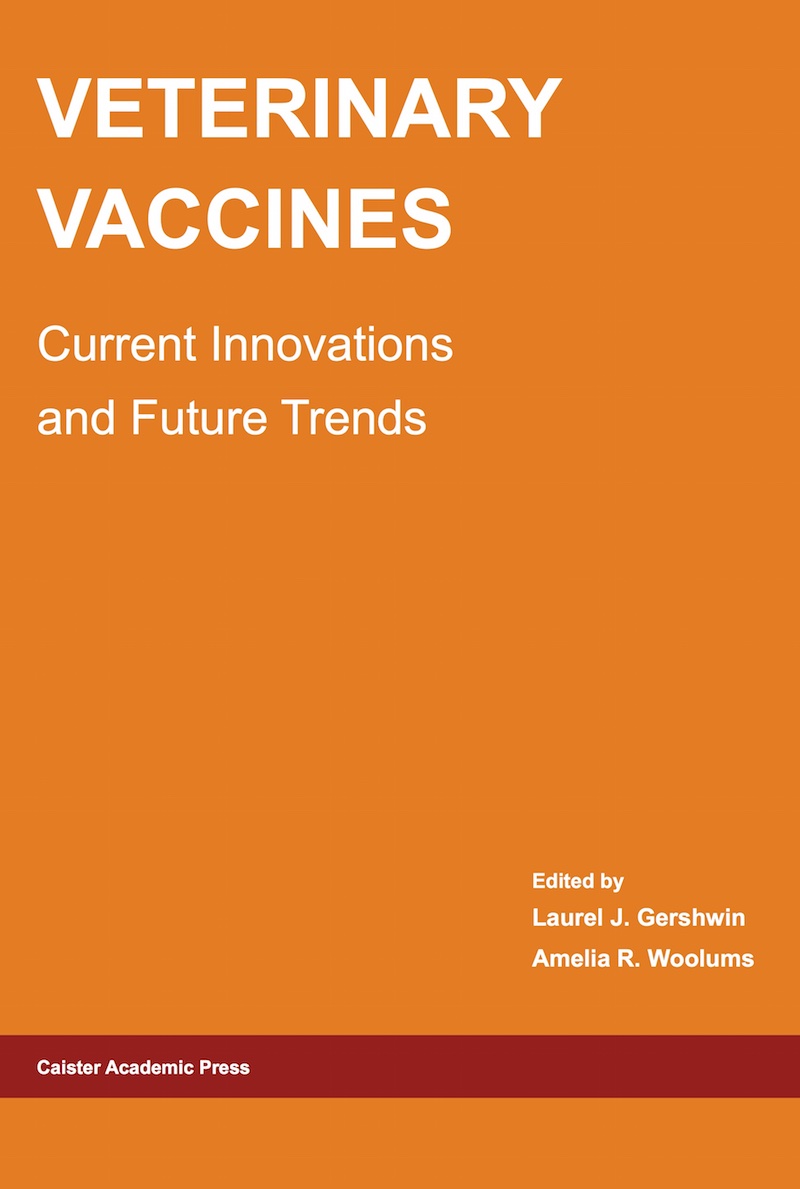Repetitive DNA: A Major Source of Genetic Diversity in Campylobacter Populations?
Jack Aidley and Christopher D. Bayliss
from: Campylobacter Ecology and Evolution (Edited by: Samuel K. Sheppard). Caister Academic Press, U.K. (2014)
Abstract
A marked feature of the genomes of Campylobacter jejuni and other Campylobacter species is the presence of long polyG tracts within the reading frames of genes. Instability in these repetitive DNA sequences leads to frequent, reversible switches in expression of the associated genes termed phase variation. High rates of phase variation have been detected for C. jejuni genes using reporter constructs and antibodies and these high switching rates enable rapid access to hundreds of different phenotypes. Observations of C. jejuni populations from in vitro and in vivo populations indicate the presence of many of these phase variable phenotypes. We speculate on the forces driving the distributions of these phase variable genotypes and on the potential impact of phase variation on the commensal and disease-causing attributes of C. jejuni read more ...



